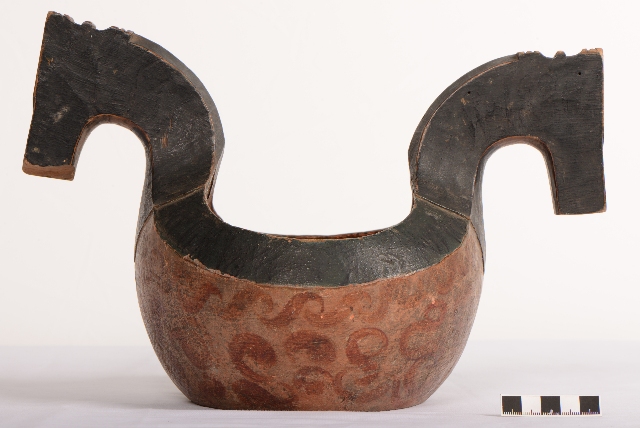World Collection: Ornamentation

Humans have always adorned their bodies and possessions with ornamentation and decoration. This extends from jewellery and clothing to decorative objects and ornaments, and to body piercing and modification. Ornamentation may applied to objects and people for many reasons - to make something beautiful, for religious significance, to suggest wealth or status, to signify the passing of an important life event, to commemorate the dead, to convey membership of a particular group, to follow fashion, or even simply to pass the time.
Styles of ornamentation can tell stories of trade, cultural interaction and empire. Many Indian objects in this collection are decorated with floral motifs, an Islamic style made popular in India by the Mughal Emperor Shah Jahan. These designs later came to be popular in Britain as a result of an increased awareness of India through Britain’s empire. One particular motif, a floral tear-drop, became so popular that textiles bearing it were manufactured on a large scale in Paisley, Scotland, becoming known by that name.